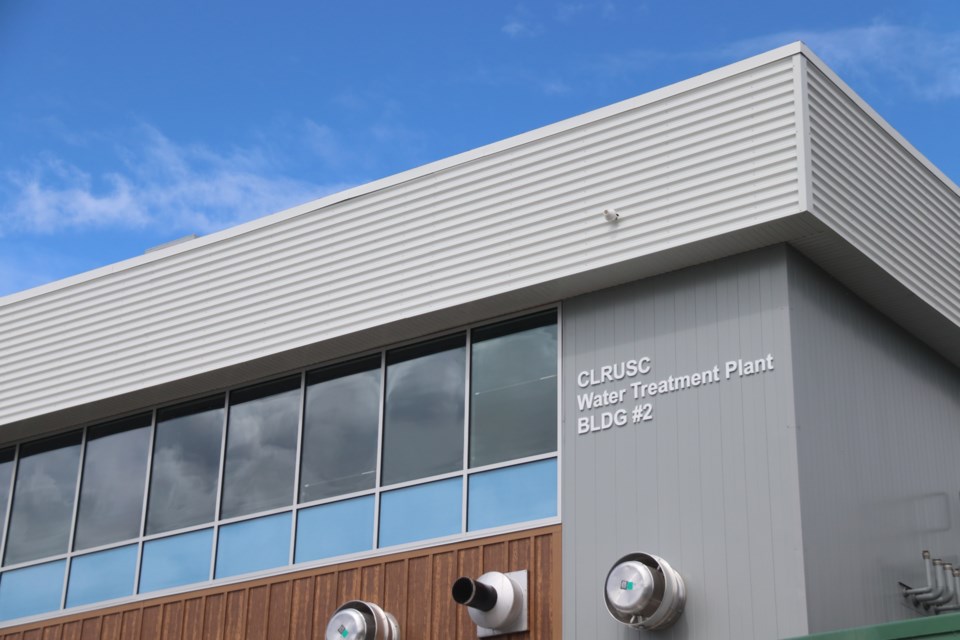COLD LAKE - From fentanyl to cannabis, codeine to heroin, new testing will reveal whether local wastewater contains pharmaceuticals and narcotics.
The Cold Lake Regional Utility Service Commission (CLRUSC) wants to get a better idea of the trends in local wastewater when it comes to these contaminants.
Coun. Bob Buckle, who sits as chair of the Cold Lake Regional Utility Service Commission (CLRUSC), explained the lack of threshold federally and provincially for what's considered too much or too little when it comes to pharmaceutical and narcotic levels in wastewater.
“There’s no benchmarks out there, there’s no provincial regulation around this. Who knows what is an acceptable level, what isn’t an acceptable level?" he said during Cold Lake council's committee meeting on June 15.
This is part of the reason why the commission will be doing some testing of their own.
Samples will be collected from Cold Lake's wastewater system at Building 4, Building 9, or the lagoon once a month. Then, they will be sent to an accredited laboratory where they will look for pharmaceutically active substances and drugs of abuse such as amphetamine, ecstasy, methamphetamine, oxycodone, acetylmorphine, and cannabis, among others.
"We have no background data and that’s what’s key in this conversation right now. We don’t have any information so it will be of interest once we do the initial test for the first year, what these numbers look like and eventually the next steps after this. Does the information provide value if we were to start doing some trending?” CAO Kevin Nagoya said, adding based on the information collected, the CLRUSC may consider treatment processes.
He added, “The information could be used for if there’s some targets the (CLRUSC) board of directors want to look at for treatment of the wastewater, are there any concerns that are there... The other side of it is the social aspect side... Let’s say there’s an emerging trend that you see something in your community in regards to crime or other aspects, and there also seems to be some changes in regards to the type of narcotics within your system. Are there trends and correlations to that? Maybe, maybe not. Those are the types of information that need to be evaluated on whether there is value in that data.”
According to Coun. Jurgen Grau, the city isn't the only community interested in finding out what's in their water.
“In 2019, there were five other communities in Canada that started this... Their goals were exactly that, to set these benchmarks, again because it is so new,” he noted. “Their interest was on the environmental side, but also the social side, and just seeing what the trends are within your community as far as narcotic use."
The pilot testing program will run for one year starting possibly this summer in order to develop a baseline.



